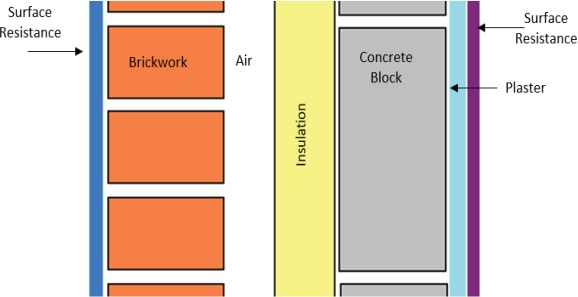Reference no: EM131316568
1. As part of a high performance telescope, NASA wishes to construct a reflective cube, so that regardless of its orientation, a light source can be moved to shine a laser beam directly onto a face. Ideally, the cube must be 600 cm3. The machine that manufactures the cube sets the side length, s, of the cube (in cm). Since the volume V is a function of the side length, we have V = f(s).
(a) What side length produces the ideal cube? Can the machine set this length exactly?
(b) NASA has determined that the volume can be within 2 cm3 for the optical performance of the reflecting cube to be adequate. How close to the ideal side length in part (a) must the machine control the side length?
(c) In terms of the definition of limx→a f (x) = L, what is x ? What is f (x) ? What is a? What is L ? What value of ∈ is given? What is the corresponding value of δ? Give units.
2. Consider the diagram below, which shows a section of the unit circle, as well as the angles θ and h. The angle ∠BAC is a right angle, as is the angle ∠OBC. Use the diagram, the definition of the derivative, and the squeeze principle to show that the derivative of sin θ is cos θ. For the sake of simplicity, you need only consider positive θ and h. It will be useful (necessary?) to consider the arclength BD?, the length BD‾, and the length BC‾. What steps, if any, require angles to be measured in radians?

3. Use the definition of a limit to show that (3x - 2)/(x2 + 1) → 4/5 x → 2.
4. Calculate the following limits, if they exist.
(a) lim (5x - 3x)/x (Without using L'Hospital's rule.)
x→0
(b) lim x2(1 + cos1/x)
x→0
(c) lim (√(x2 + 8x + 13) + x)
x→-∞
5. Use the Intermediate Value Theorem to prove that 1/√(x - 5) = 2x - 8 has a solution.
6. A Tibetan monk leaves the monastery at 7:00 AM and takes his usual path to the top of the mountain, arriving at 7:00 PM. The following morning, he starts at 7:00 AM at the top and takes the same path back, arriving at the monastery at 7:00 PM. Use the Intermediate Value Theorem to show that there is a point on the path that the monk will cross at exactly the same time of day on both days.
7. Use the definition of the derivative to calculate the derivative of f (x) = 2x/(2x2 + 1). Use limit laws as appropriate. Determine the global maximum and minimum of f on the closed interval [1, 2].
8. Let x3 + y3 - xy2 = 5.
(a) Find y' .
(b) Use this result to make an approximate table of values on the curve near x = 1, y = 2. Include 0.96, 0.98, 1, 1.02, and 1.04. Find accurate value(s) for y when x = 0.96 using a computer.
(c) Find x values, if any, such that the tangent to the curve is horizontal, or vertical.
9. Let y = f (x) be a continuous function on [a, b], and twice differentiable on (a, b). Let T (x) be the local linearization of f at x = a. Show that the error in the linear approximation, |T (x) - f (x)| for x ∈ (a, b) is no bigger than k(b - a)2, where |f"(x)| ≤ k for all x ∈ (a, b). (That is, k is an upper bound for the size of the concavity of f on the interval.) Hint: the Mean Value theorem is so nice, we sometimes use it twice.
10. Let f (x) be an arbitrary cubic function. Use Rolle's theorem (more than once if necessary) to prove that f has at most three roots. Hint: suppose f has four roots.